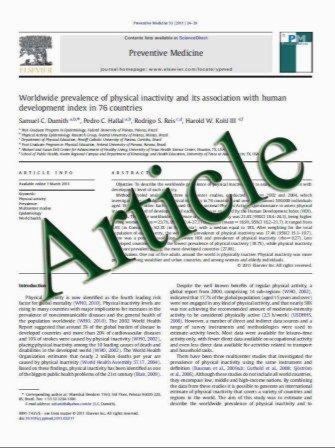Use of PTFE Stent Grafts for Hemodialysis-related Central Venous Occlusions: Intermediate-Term Results
- نوع فایل : کتاب
- زبان : انگلیسی
- مؤلف : Sanjoy Kundu Milad Modabber John M. You Paul Tam Gordon Nagai Robert Ting
- چاپ و سال / کشور: 2010
Description
Purpose To assess the safety and effectiveness of a polytetrafluoroethylene (PTFE) encapsulated nitinol stents (Bard Peripheral Vascular, Tempe, AZ) for treatment of hemodialysis-related central venous occlusions. Materials and Methods Study design was a single-center nonrandomized retrospective cohort of patients from May 2004 to August 2009 for a total of 64 months. There were 14 patients (mean age 60 years, range 50–83 years; 13 male, 1 female). All patients had autogenous fistulas. All 14 patients had central venous occlusions and presented with clinical symptoms of the following: extremity swelling (14%, 2 of 14), extremity and face swelling (72%, 10 of 14), and face swelling/edema (14%, 2 of 14). There was evidence of access dysfunction with decreased access flow in 36% (5 of 14) patients. There were prior interventions or previous line placement at the site of the central venous lesion in all 14 patients. Results were assessed by recurrence of clinical symptoms and function of the access circuit (National Kidney Foundation recommended criteria). Results Sixteen consecutive straight stent grafts were implanted in 14 patients. Average treated lesion length was 5.0 cm (range, 0.9–7 cm). All 14 patients had complete central venous occlusion (100% stenosis). The central venous occlusions were located as follows: right subclavian and brachiocephalic vein (21%, 3 of 14), right brachiocephalic vein (36%, 5 of 14), left brachiocephalic vein (36%, 5 of 14), and bilateral brachiocephalic vein (7%, 1 of 14). A total of 16 PTFE stent grafts were placed. Ten- or 12-mm-diameter PTFE stent grafts were placed. The average stent length was 6.1 cm (range, 4–8 cm). Technical (deployment), anatomic (\30% residual stenosis), clinical (resolution of symptoms), and hemodynamic (resolution of access dysfunction) success were 100%. At 3, 6, and 9 months, primary patency of the treated area and access circuit were 100% (14 of 14). Conclusions This PTFE encapsulated stent graft demonstrates encouraging intermediate-term patency results for central vein occlusions. Further prospective studies with long-term assessment and larger patient populations will be required
Cardiovasc Intervent Radiol Received: 12 August 2010 / Accepted: 5 October 2010


